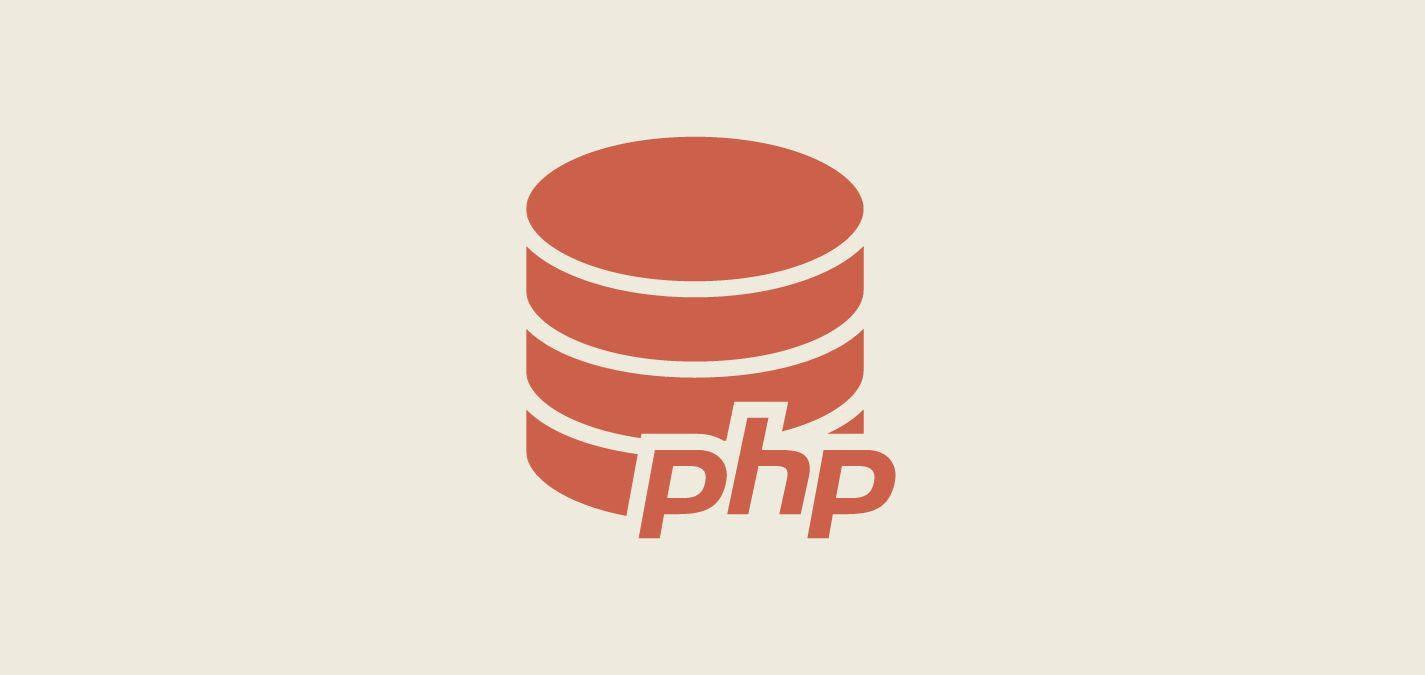In today's interconnected digital landscape, the backbone of nearly every web application is its interaction with databases. As these applications become increasingly complex, ensuring efficient, secure, and reliable database interactions is more crucial than ever. This is especially true when leveraging PHP, a dominant force in server-side scripting. Join us as we journey into the intricate dance between PHP and databases, shedding light on why it's a topic every web developer should be well-versed in.
The Crucial Role of Databases in Web Development
Every click, swipe, or tap on a modern web application often translates to a myriad of operations behind the scenes. These can include storing user preferences, fetching product details, updating transaction statuses, or deleting outdated records. The seamless execution of these tasks determines not only an application's performance but also its credibility in the eyes of its users.
PHP and MySQL: Crafting Seamless CRUD Operations
At the heart of these operations lie CRUD (Create, Read, Update, Delete) functionalities. They orchestrate the flow of information, ensuring data is available precisely when and where it's needed. For instance, consider an online store: every product viewed, added to a cart, or purchased involves one or more CRUD operations.
Example: Imagine a user named "John" decides to purchase a book. This could trigger:
- Create: Add a new transaction record.
- Read: Fetch the book details and price.
- Update: Deduct the book quantity from stock.
- Delete: Remove the book from John's wishlist.
Snippet: For a comprehensive look at SQL operations, don't miss our Ultimate Guide to SQL and NoSQL 2023.
Safeguarding Data: Steering Clear of SQL Injection
Cybersecurity threats have escalated, making data security paramount. SQL injection remains a prominent threat, where attackers exploit vulnerabilities, sneakily inserting malicious SQL code. By being proactive and using robust coding techniques, such attacks can be thwarted.
Example: An unsuspecting developer might directly insert user input into a SQL query, allowing malicious inputs like "'; DROP TABLE users;" to wreak havoc. By using prepared statements, we can neutralize such threats, ensuring input is treated purely as data.
Snippet: Dive deeper into PHP's protective measures in our Ultimate Guide to PHP 2023.
PDO vs. mysqli: The Duel of Database Access Methods
Choosing a database access method can feel like selecting the right tool from a toolkit. PDO (PHP Data Objects) offers versatility, catering to multiple databases, while mysqli is crafted especially for MySQL, boasting certain specialized features. The decision often hinges on a project's unique demands and a developer's comfort level with each method.
Example: If your application may shift to another database system in the future, PDO would be more adaptable. However, if you're building a MySQL-exclusive application that requires advanced features, mysqli might be your go-to.
Conclusion
Database interaction is more than just a technical process; it's an art form that shapes the modern web. By harnessing the power of PHP and refining our database interactions, we pave the way for robust, scalable, and secure applications. As you navigate this journey, remember that Coder Champ is your trusted companion, always ready to guide, teach, and inspire.




